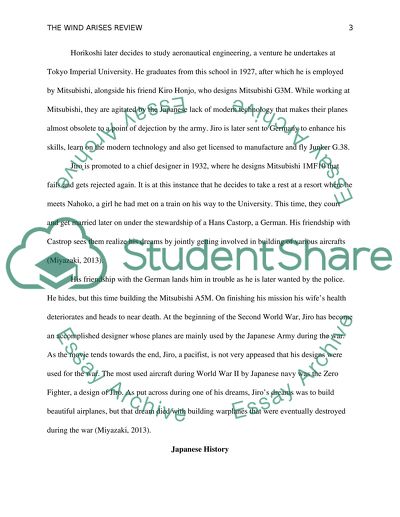Cite this document
(“The Wind Rises: A Review Movie Example | Topics and Well Written Essays - 1500 words”, n.d.)
Retrieved from https://studentshare.org/visual-arts-film-studies/1683984-japanese-anime-film-review
Retrieved from https://studentshare.org/visual-arts-film-studies/1683984-japanese-anime-film-review
(The Wind Rises: A Review Movie Example | Topics and Well Written Essays - 1500 Words)
https://studentshare.org/visual-arts-film-studies/1683984-japanese-anime-film-review.
https://studentshare.org/visual-arts-film-studies/1683984-japanese-anime-film-review.
“The Wind Rises: A Review Movie Example | Topics and Well Written Essays - 1500 Words”, n.d. https://studentshare.org/visual-arts-film-studies/1683984-japanese-anime-film-review.


